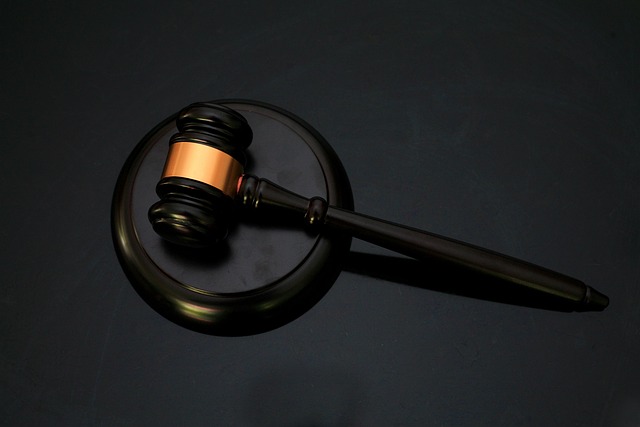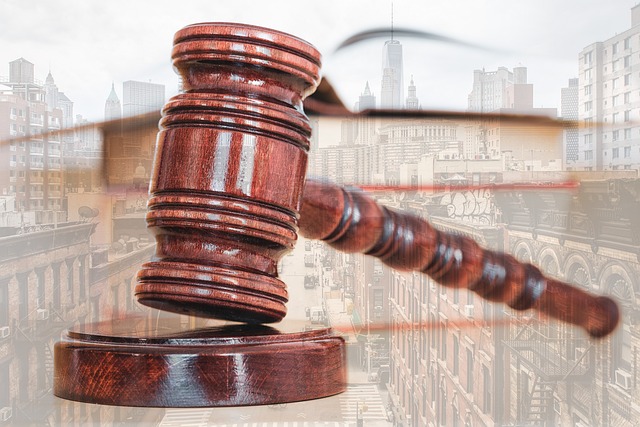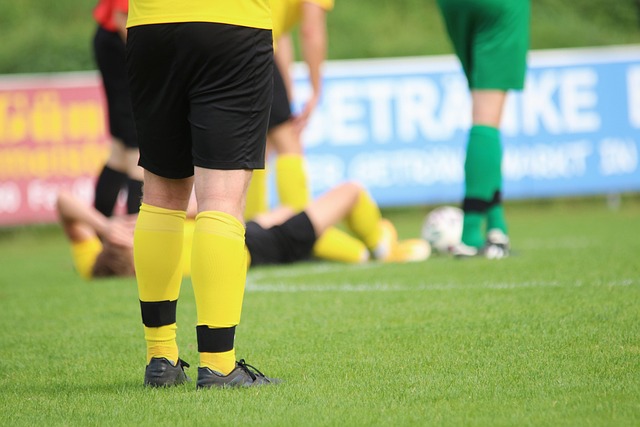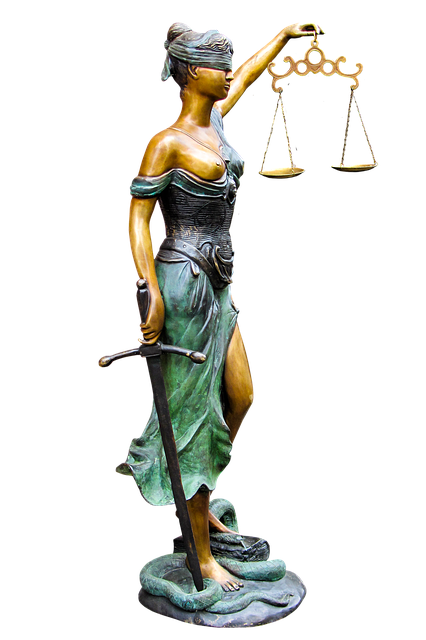Injury mediation offers a collaborative and cost-effective alternative to court for resolving personal injury claims, especially complex or relationship-driven cases. A neutral mediator guides negotiations, ensuring both sides understand their rights and facilitates informed decision-making. Key documents like complaints and release agreements are vital for fairness and enforceability. Effective preparation, including organized legal documentation and evidence, is crucial for a productive mediation process leading to mutually agreeable resolutions outside of court.
Injury mediation is an alternative dispute resolution process designed to facilitate a mutually agreeable resolution between parties involved in personal injury claims. This article explores the essential legal documents needed to initiate and navigate injury mediation successfully. We’ll delve into the key steps, from understanding the process to preparing your case, ensuring you’re well-equipped to make informed decisions throughout the mediation sessions. Essential legal documents will be highlighted, emphasizing their role in achieving a fair outcome.
- Understanding Injury Mediation: The Process and Its Purpose
- Essential Legal Documents for Effective Injury Mediation
- Preparing and Presenting Your Case: What to Expect During Mediation Sessions
Understanding Injury Mediation: The Process and Its Purpose

Injury mediation is a structured process designed to facilitate a mutually agreeable resolution between parties involved in an injury-related dispute. Unlike traditional court proceedings, it offers a collaborative approach where both sides work together to reach a settlement outside of the courtroom. The primary purpose is to provide a cost-effective and efficient alternative for resolving personal injury claims, especially those involving complex issues or where the relationships between parties are significant, such as in cases of caregiver negligence.
This process involves a neutral third-party mediator who guides negotiations and assists the parties in understanding their rights and options. Unlike arbitrators who make binding decisions, mediators empower participants to make informed choices by exploring various scenarios, considering all angles, and ultimately reaching an agreement that addresses everyone’s needs. This is particularly beneficial in elder law cases or real estate litigation where resolving conflicts amicably can preserve relationships and minimize legal costs.
Essential Legal Documents for Effective Injury Mediation

For effective injury mediation to take place, several essential legal documents are required to ensure a structured and fair process. These documents play a crucial role in defining the scope of the mediation, protecting the rights of all parties involved, and facilitating a mutually agreeable resolution. Among them, the complaint or petition initiating the legal action is fundamental. This document details the allegations, outlines the injuries sustained, and identifies the responsible parties—whether individuals, businesses, or organizations implicated in a product liability case or car accident.
Additionally, release agreements are vital to ending the liability of certain parties once a settlement is reached. These legally binding documents ensure that, upon signing, an injured party releases all claims against specific entities or individuals. This step can be particularly important for closing deals with insurance companies or negotiating settlements with at-fault parties. Moreover, having a car accident attorney or legal counsel experienced in injury mediation assist in preparing these documents is advisable to guarantee their accuracy and enforceability, ultimately contributing to the success of the mediation process.
Preparing and Presenting Your Case: What to Expect During Mediation Sessions

Preparing for injury mediation is a crucial step to ensure a successful outcome. It involves gathering all necessary legal documents and evidence that support your case. This process requires careful organization and a deep understanding of your injuries, the incident, and any related financial implications. You’ll need to provide detailed information about your damages, including medical bills, lost wages, and pain and suffering. An experienced accident attorney can guide you through this, ensuring all documents are accurately presented.
During mediation sessions, expect an intimate setting where both parties meet face-to-face with a neutral mediator. It’s a collaborative process designed to foster communication and reach an agreement without going to court. Here, you’ll present your case, share your version of events, and listen to the other side’s perspective. The mediator will help facilitate a constructive dialogue, encouraging open discussion and exploring potential solutions for client recovery. This is where having all your documents in order becomes vital, as it allows for a clear and efficient exchange of information, moving the process forward towards a mutually beneficial resolution, rather than escalating into complex real estate litigation.
Injury mediation is a constructive approach to resolving legal disputes, offering a more collaborative and efficient alternative to traditional litigation. To ensure a smooth and effective mediation process, it’s crucial to have all the essential legal documents in order. By understanding the necessary paperwork and preparing thoroughly, individuals involved in an injury case can navigate mediation with confidence, ultimately aiming for a mutually agreeable resolution without the lengthy and costly court battles often associated with personal injury claims.






